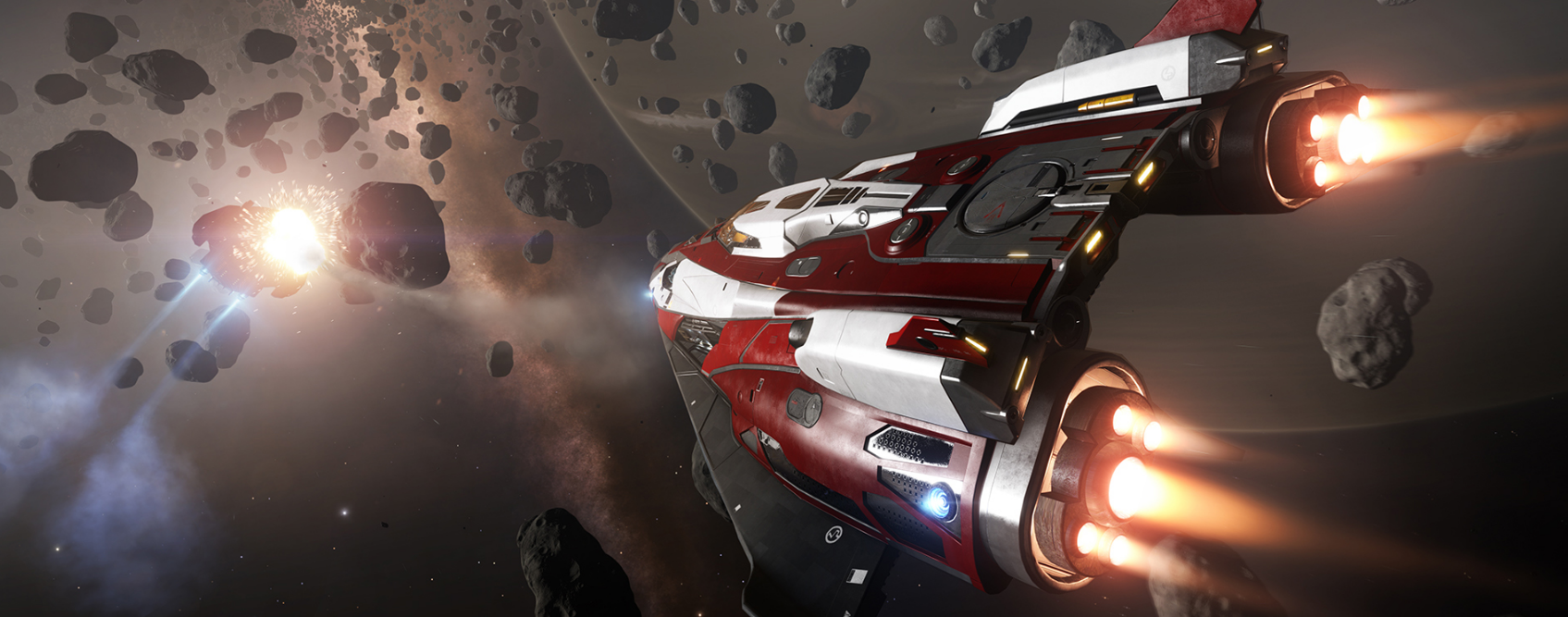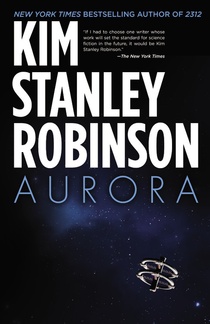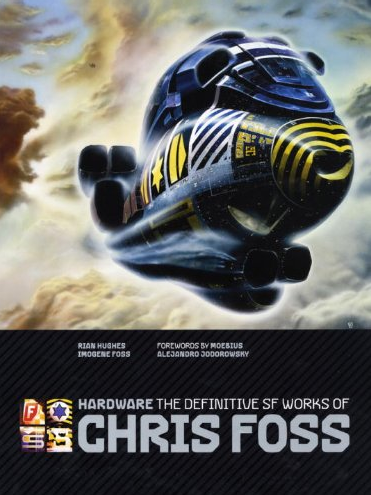If you like Elite: Dangerous, you'll also like...

Like all good space sims, Elite: Dangerous is at its best when we’re able to project our own strange stories onto its starry backcloth. As Chris Thursten points out in his review, Elite is a universe that you “inhabit” in whatever way makes sense to you.
You might establish trade routes, go hunting for black holes, or maybe just wander off and find a quiet corner of the galaxy to contemplate life and death. In Elite, outer space is a story engine that benefits greatly from what you bring to it. Is the galaxy a battleground to fight over, or an infinite puzzle to solve?
In this edition of ‘If you like,’ I go wandering through the film, art, and literature of space travel. I find bored space truckers, strange anomalies, and yes, even a few people who just want to figure out how to live alongside one another.
Aurora, by Kim Stanley Robinson

The latest novel from Mars-trilogy author Kim Stanley Robinson, Aurora outlines an image of space travel as an essentially social experience. But even if human beings are at the core of this story’s take on a colonizing, “generational” starship, there’s still a lot of work to do in order to maintain its mission. Life in space, and on this ship, can be difficult. As Gerry Canavan argues in his thought-provoking review, the spaceship “functions, but only just barely, and with constant corrective intervention from its human caretakers.”
Aurora ostensibly deals with a massive, relatively slow-moving colony ship as it approaches its destination, the star Tau Ceti. But it’s been in space for 160 years and now exists as an impossibly-remote outpost of humanity. As the ship nears the new system, it’s clear that nothing so complex as space travel can be accomplished without accounting for the human factor. The sheer vastness of Elite’s galaxy can sometimes feel as intimidating as it is wondrous. And as pilots, much of what we get out its sandbox is what we bring with us to begin with, including our ability to solve problems we didn’t see coming. In a similar way, Robinson’s Aurora represents an expertly crafted look at space travel as a referendum on human ambition and what drives so many of us to dream of the stars in the first place.
Atropa, directed by Eli Sasich
Some of the smartest-looking sci-fi around these days appears in the form of short films. With Eli Sasich’s Atropa, we get a super-compact look at a mysterious encounter in deep space that resists easy answers. One thing I love about Elite’s approach to the space sim genre is its sense of style. The game imagines space travel as a mixture of hard metal and holographic displays. Atropa shares the same approach, while also delivering a healthy dose of ‘80s sci-fi nostalgia from its design. For an interesting look into the development of the short, check out this interview with the director Sasich here.
As a follow-up to Atropa, I’d also recommend the short film Wanderers, directed by Erik Wernquist. With its Carl Sagan voiceover sample and majestic collection of space vistas, it has a more romantic, head-in-the-cosmic-dust-clouds approach to the space exploration. It’s also simply beautiful. Several discarded scenes that didn’t make the final version of Wanderers can also be seen here.
Keep up to date with the most important stories and the best deals, as picked by the PC Gamer team.
Hardware: The Definitive SF Works of Chris Foss

As an illustrator, Chris Foss’s work in the 1970s and ‘80s has come to define so much of what we associate with space sci-fi today. His colorful starships and evocative planetary landscapes have informed the imagery of space travel in our heads that seems to persist, long after a novel is finished or a film ends. With Hardware: The Definitive SF Works of Chris Foss, we have a lovely collection that includes the covers he created for writers such as Isaac Asimov, Arthur C. Clarke, and Philip K. Dick, as well as his design work for film directors Ridley Scott and Stanley Kubrick.
For a different look at the artist, it’s also worth checking out the excellent documentary, Jodorowsky's Dune, the never-completed but legendary cinematic take on the Frank Herbert novel. Foss contributed spaceship design work to the project, and it’s fascinating to get a glimpse of his part in the famously creative backstory to one of best—but never-finished—science fiction films of all time.
Dark Star, directed by John Carpenter
Often referred to as John Carpenter’s “student film,” 1974’s Dark Star helped to usher in an age of space-based science fiction that had more in common with a used car than a gleaming starship. Carpenter’s vision of space as a mixture of mundane work punctuated by deadly encounters with alien species, disagreeable computers, and unstable crew members has become a classic example of a more blue-collar look at intergalactic travel. It also contains a sense of humor, and willingness to poke fun at particular sci-fi tropes, that is often missing from so much of the po-faced science fiction we see today.
The basic plot of the film involves a small crew of spaceship functionaries who have been travelling for 20 years. Their work involves scanning star systems and destroying unstable planets that might hinder future colonization efforts. But their experience isn’t one of flawless technology and bright lights. If Elite presents a universe of possibility, it also gives players the freedom to make mistakes and express a very human willingness to put a few dents in the proverbial bumper during a docking maneuver. The Dark Star ship is cramped, dirty, and malfunctioning. In this way the film is a clever and prescient look at how, for all its benefits, technology is still built and maintained by human beings, and therefore forever essentially flawed somehow.
For more installments of ‘If you like...’, check out Patrick’s recommendations for The Witcher, Mass Effect, Skyrim, Fallout 3, and Deus Ex fans.

